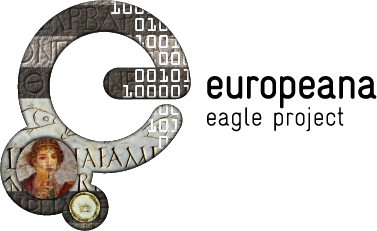Of all the rural communities from Roman Dacia, Alburnus Maior (today Roșia Montană, Alba County) is the best known and researched one and the only one that is sure to have had peregrine status (meaning that its inhabitants were not full-rights citizens of the Empire, but peregrini – residents). The village was a settlement of Illyrian miners, an economical Diaspora, brought here for their specialized mining skills, in order to work in the already existing gold exploitations.
Through the years, Roșia Montană became famous because of its tens of kilometres of Roman gallery still practicable today and of the waxed tablets (tabulae ceratae) progressively brought to light from the 19th century on. Through the waxed tablets, intimate details of life in the Alburnus mining community are known.
A series of particular cases stands out and presents colourful aspects from the settlement’s daily life. Thus, we find attested the collegium of Iovis Cernenus, where Ardemidorus Apolloni and Iulius Iuli are magistri, and Valerius Niconis and Offas Menofili are quaestores. The organization, disbanded through the document due to its members apparent lack of interest, had as its primary purpose offering help for funerals.
Other wax tablets are concerned with slave sales: Dasius Verzonis sells a six years old girl to Maximus Batonis; the price of 205 denarii is very small sum compared to the general prices paid for slaves in other parts of Europe (examples from Italy, Egypt or Londinium indicate an average sum of about 600 denarii; on the other hand there are prices registered in Syria and Pamphilia of only 200-400 denarii), but realistic assuming the financial possibilities of the area’s inhabitants. A possible explanation is the young age of the girl that increased the chances of a premature death. Another recorded case of slave trade is the one where Bellicus Alexandri sells to Dasius Breucus a boy natione Grecum whose age is not mentioned but whose price is 600 denarii. The last example refers to the sale of a woman, natione Creticam – again age is not mentioned – whose price is 420 denarii. The seller and the buyer both have citizen status, the latter being a soldier in the 13th Gemina legion.
Other wax tablets are contracts for lending money (the sum of 140 denarii is registered) – one even written in Greek, proving the everyday use of this language in some groups – or sub-contracting work: Lucius Ulpius Valerius and Memmius son of Asclepius engage themselves to work for Socratio son of Socratio, respectively Aurelius Adiutor (about the latter we know for sure that he was a gold mine owner) for one year, for a remuneration of 70 denarii.
Correlated with the stone monuments discovered on site, the wax tablets from Alburnus Maior are a great source for knowing the intimate, everyday life of a Roman rural community.
